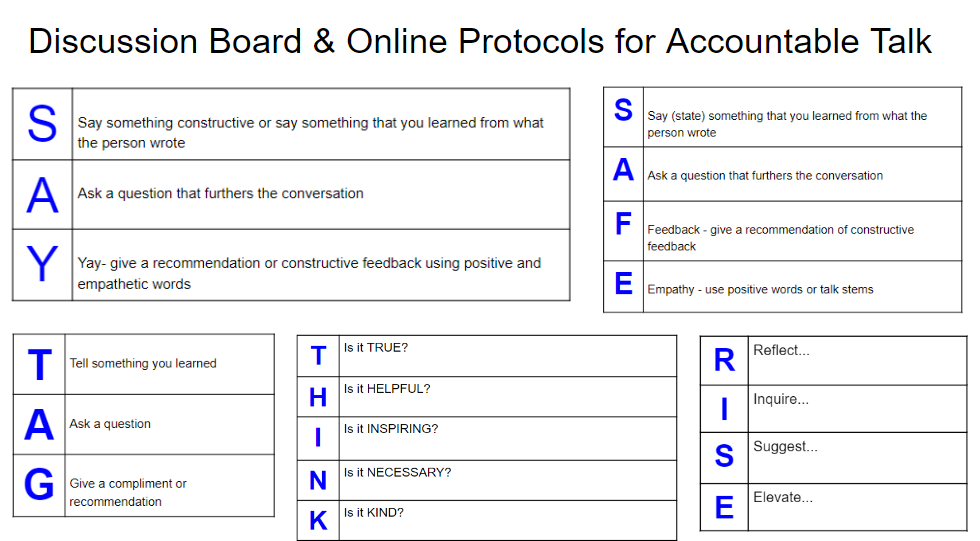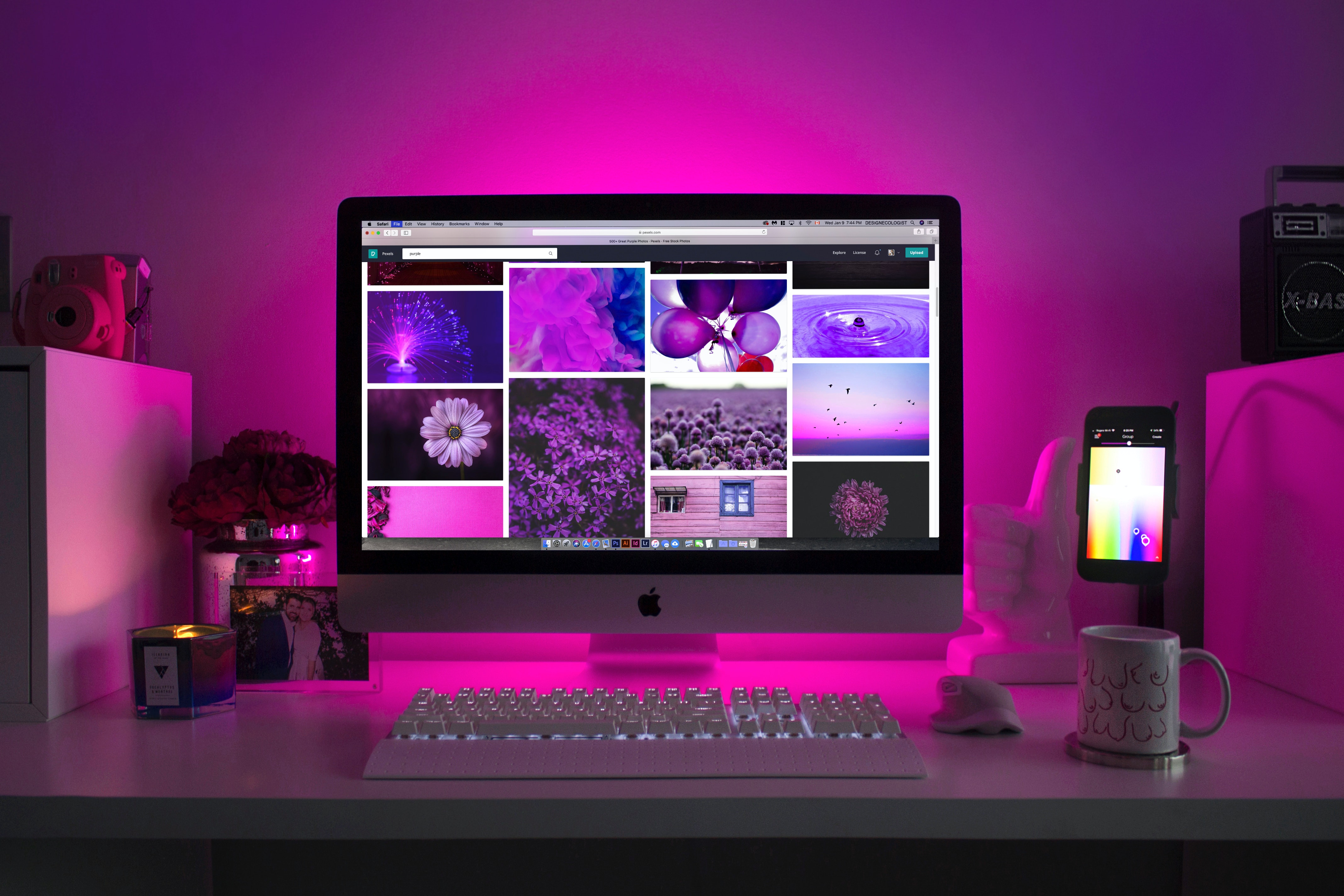Continuing our series with the 10 Strategies for Onboarding Students in Online Learning
4. Establish Protocols for Experiences
According to Malone and Tietjens (2000), students need clarity on guidelines expectations, rules, and behavior. An onboarding unit provides the perfect workspace for teachers to post and share these guidelines.
-How we do business-Expectations and Empathy
-Protocols for classroom management
-Guides, procedures, posters
Rules and protocols around the management of technology are also important. The ISTE Educator Standards provide guidance around how teachers facilitate technology. The Facilitator Standard, indicator 2.6b encourages educators to “Manage the use of technology and student learning strategies in digital platforms, virtual environments, hands-on makerspaces or in the field.” Consideration for guidelines in how we want students to behave when online in a discussion board, in a breakout room, or in the chat are all part of the mix here.
You might post an infographic or pdf file of the classroom rules, expectations, and/or grading scales and policies. Tools like Canva, Piktochart, or Venngage to name just a few can be used to create great visually appealing posters. To extend this into an activity, have students create their own infographic to demonstrate the learning!
To help guide conversations, you might include rules for breakout rooms, online chat, and how students will interact with each other online using Accountable Talk. These talk stems range from SAY (say something nice, ask a question, YAY-give praise). Here are some examples:
-SAY (Say something constructive, Ask a question, Yay-give praise)-SAFE (Say, Ask, Feedback, Empathize)
-THINK (True, Helpful, Inspiring, Necessary, Kind)
-TAG (Tell something you learned, Ask a Question, Give a compliment)
-RISE (Reflect, Inquire, Suggest, Elevate)
-BPA – (Bless, Press, Address)
-III- (I see, I think, I wonder)
With these frameworks to guide learners in online conversations, students who may be socially awkward or on the quiet side have support and guidance for engagement.

As you consider your own onboarding activities, you've probably created documents and infographics that adorn your classroom. What can you add to an onboarding experience for your students to share your expectations and guidelines? Add your ideas to your running notes as we transition to the next strategy where we will explore how you can build capacity within your student ranks - empowering them to be masters in their own learning.
Next, let's talk about Strategy 5 - Build Capacity



